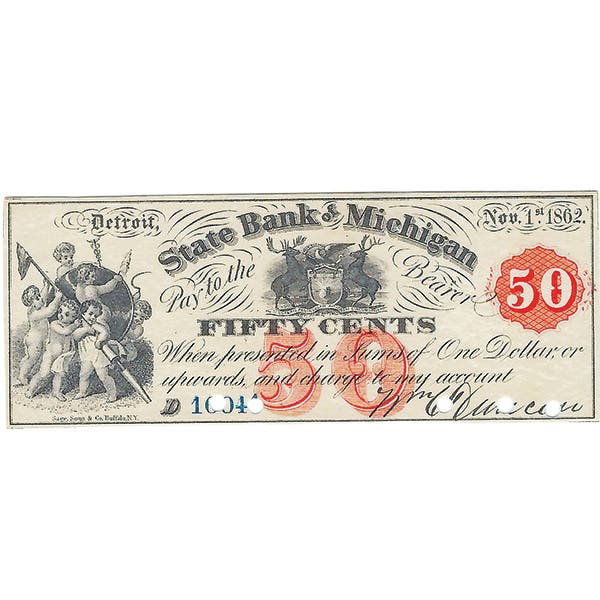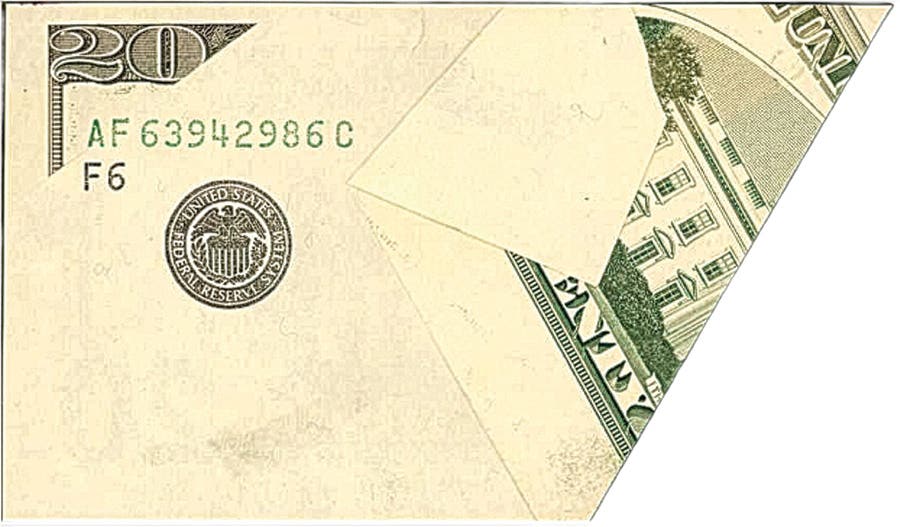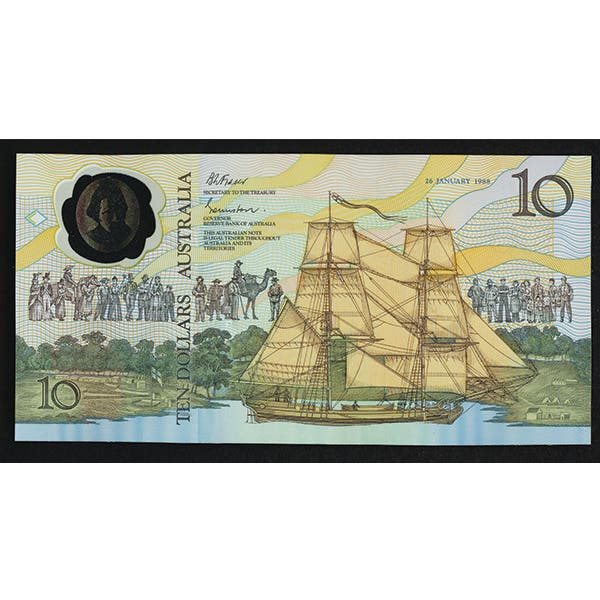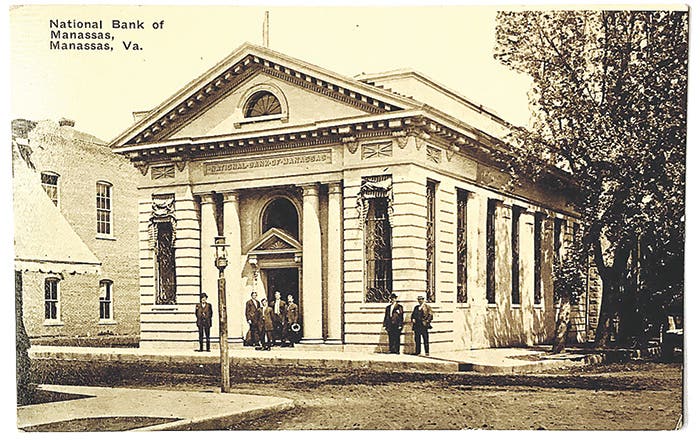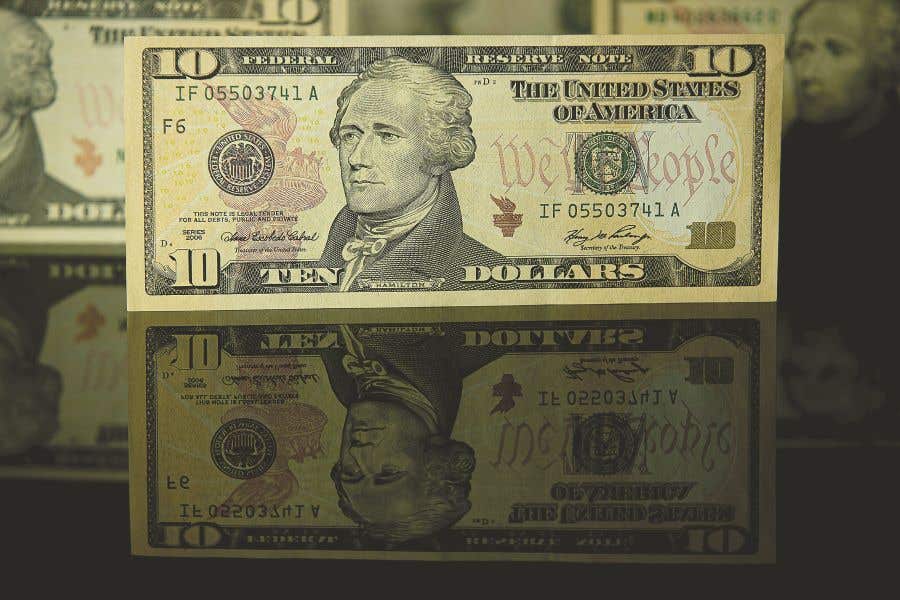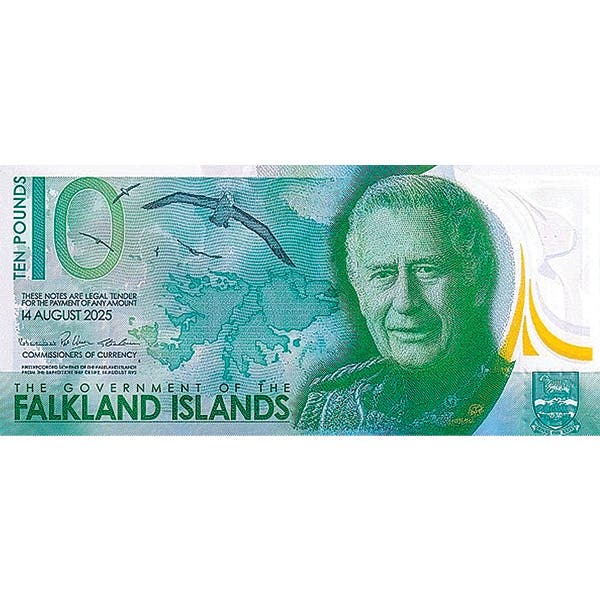Fill your Christmas list with paper money books
By Bill Brandimore If you’d like books for Christmas, show this to your significant other. If you like Obsolete notes, Don Kelly has published a book this year, Obsolete Paper…
By Bill Brandimore
If you’d like books for Christmas, show this to your significant other. If you like Obsolete notes, Don Kelly has published a book this year, Obsolete Paper Money: A Guide with Prices, which covers all the states in the union. Another of his books, National Bank Notes: A Guide with Prices, seems to be the standard since the last issue of Hickman Oakes a number of years ago.
Kelly’s two books outfit you for so-called hometown collecting. This can be great fun, because the local history factor appeals to more than just numismatists. If your children appreciate history, perhaps this is an opportunity to engage them in our hobby.
Another great book that engages people is Q. David Bowers' 100 Greatest American Currency Notes. It makes a great coffee table book and might offer you a pursuit. How many of these notes can you acquire?
Covering Large Size notes of all U.S. varieties is Carlson R. Chambliss and Gene Hessler’s book, The Comprehensive Catalog of U.S. Federal Large-Size Notes, 1861-1929. It offers you population statistics and lots of other information.
For the exhibitor, Chambliss and Hessler’s book The Comprehensive Catalog of U.S. Paper Money offers information such as who painted the portrait used on a note, who engraved it, and all sorts of things to spice up an exhibit.
Of course, you could buy all of these yourself if you can’t wait for the holidays!
On the value front, I focused on Very Fine graded notes this month and found that prices were still fading a bit. A better opportunity, I think, to purchase notes. I don’t think our hobby is going down the road stamp collecting took, but certainly we need to recruit more collectors.
Many collectors are strictly internet buyers now, but I think that might widen appeal a bit as folks a long way from major retail centers can participate. However, I recommend attending major shows if you can, as it is so energizing. You make friends and get to see wonderful notes that you might only have been able to see in a catalog.
Most big shows have interesting programs, and you can learn a lot from these and just talking to other collectors, to say the least of perhaps trading notes instead of spending cash. The variety also gives you upgrading opportunities as well and perhaps selling duplicates to dealers. The Kansas City, Baltimore, and Long Beach shows, to name a few, offer wide ranging material, as do numerous state shows in Michigan, Georgia, Ohio, Texas, and Pennsylvania.
I see bargains in Indian chiefs, Buffalos, and other nickname items in the Very Fine and Extra fine areas. Some rare notes continue to soar in value. At the recent Baltimore auction, show a Grand Watermelon, the $1,000 note in the Coin Note series, sold for $2,040,000. The market for extreme rarities does not seem to ever soften, as well-heeled collectors seem to enjoy the competition for these notes.
For FRN collectors, I recommend patience and the constant search of auction catalogs. There must be more out there. Or are there? I find a note about once every year or two for my Minneapolis $5 collection, sometimes in the internet-only section with no photo. Patience is my watchword and must be yours as well for success.
Contact me at billbrandimore@charter.com.
This article was originally printed in Bank Note Reporter. >> Subscribe today.
If you like what you've read here, we invite you to visit our online bookstore to learn more about Standard Catalog of United States Paper Money.
NumismaticNews.net is a participant in the Amazon Services LLC Associates Program, an affiliate advertising program designed to provide a means for sites to earn advertising fees by advertising and linking to Amazon.com and affiliated websites.




